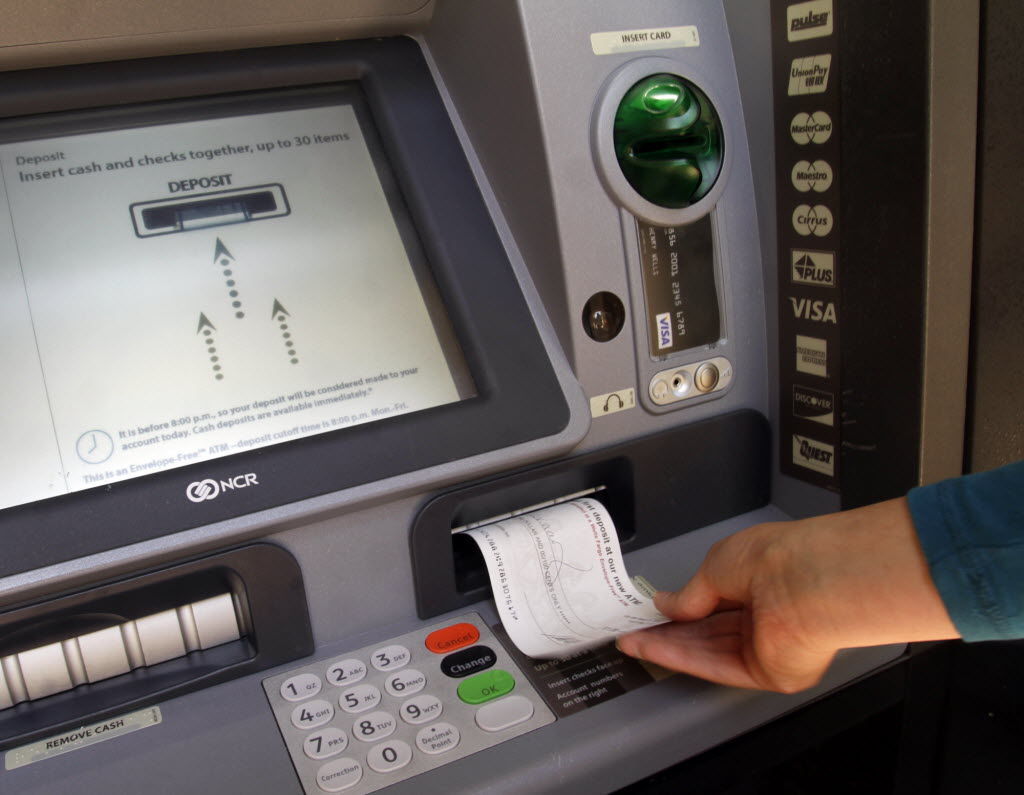More Arizonans are tied into the banking system through checking or savings accounts than in prior years — a favorable trend that reflects financial improvement.
The percentage of Arizonans without such accounts dropped to 8.5 percent in 2015 from 12.8 percent in 2013 and 11.6 percent in post-recession 2011, according to a biennial survey by the Federal Deposit Insurance Corp. and the Census Bureau.
That was a more significant improvement than for Americans generally, where the unbanked segment of the population declined to 7 percent from 7.7 percent in 2013 and 8.2 percent in 2011.
“Developing a relationship with a bank helps consumers build assets and create wealth, makes them less susceptible to discriminatory or predatory lending practices, and can provide a financial safety net against unforeseen circumstances,” said Martin Gruenberg, the FDIC’s chairman, in a statement. “The decline in the share of households who do not have a banking relationship is a positive development.”
The huge study, which elicited responses from 36,000 households across the U.S., also measured the percentage of “underbanked” individuals — those with a checking or savings account who occasionally make use of alternative, costly products such as check-cashing services, international remittances, refund-anticipation income-tax loans, pawn-shop loans and auto-title lending.
The improvement in this category was modest, with the U.S. rate dropping only slightly to 19.9 percent in 2015 from 20 percent in 2013.
In Arizona, the underbanked proportion actually increased, rising to 18.5 percent from 17.6 percent. The underbanked population wasn’t measured in 2011.
Only 56.3 percent of American households reported having saved any money over the prior 12 months, though the proportion of Arizona savers was higher, at 64.3 percent. The amount of median savings wasn’t measured.
The study showed certain segments of the population as less likely to deal with banks.
For example, 49.9 percent of the lowest-income households — those earning less than $15,000 a year — were either unbanked or underbanked, compared with 26.9 percent of Americans overall.
Other groups that weren’t well-tied into the banking system include people lacking a high-school diploma, teens and young adults, African-Americans, Latinos, Americans with disabilities, unemployed people, renters, unmarried women, foreign-born non-citizens and people who speak only Spanish at home.
The most common reason to avoid banks was not having enough money.
Other common reasons included privacy concerns, a lack of trust and concern over high fees.
Another trend revealed in the survey was the growing use of prepaid cards to pay bills, withdraw cash from ATMs, make purchases, receive direct deposits and so on.
Some 9.8 percent of Americans reported using prepaid cars in 2015, up from 7.9 percent two years earlier. In Arizona, prepaid-card use rose to 7.3 percent from 6.4 percent.





